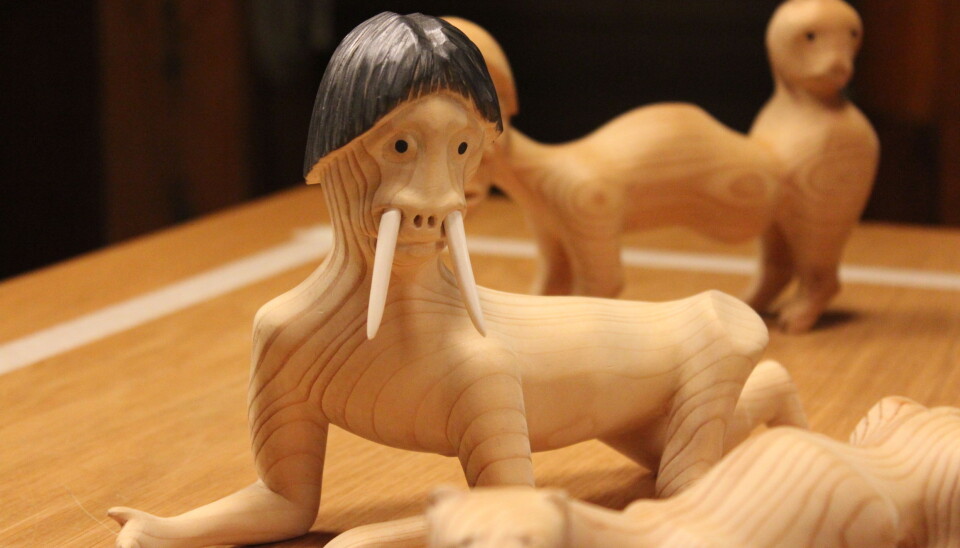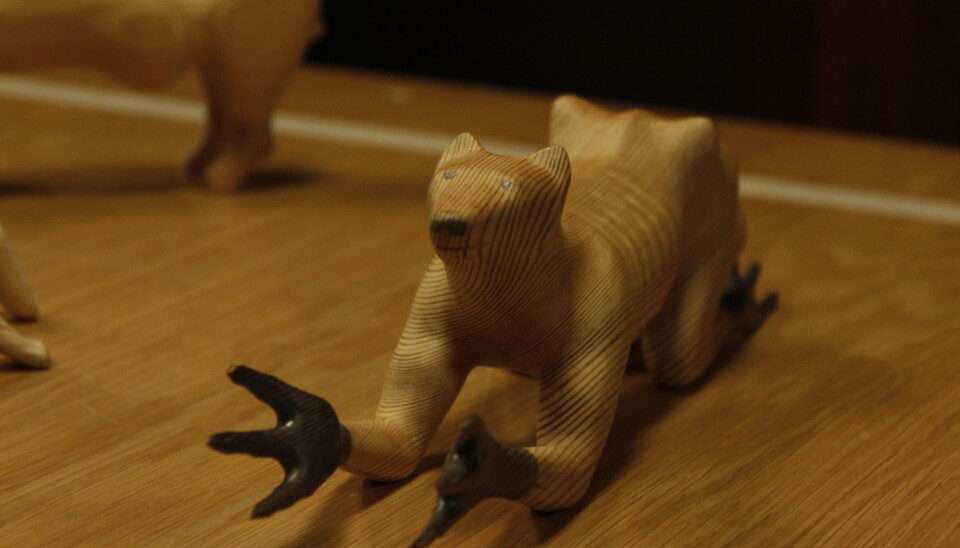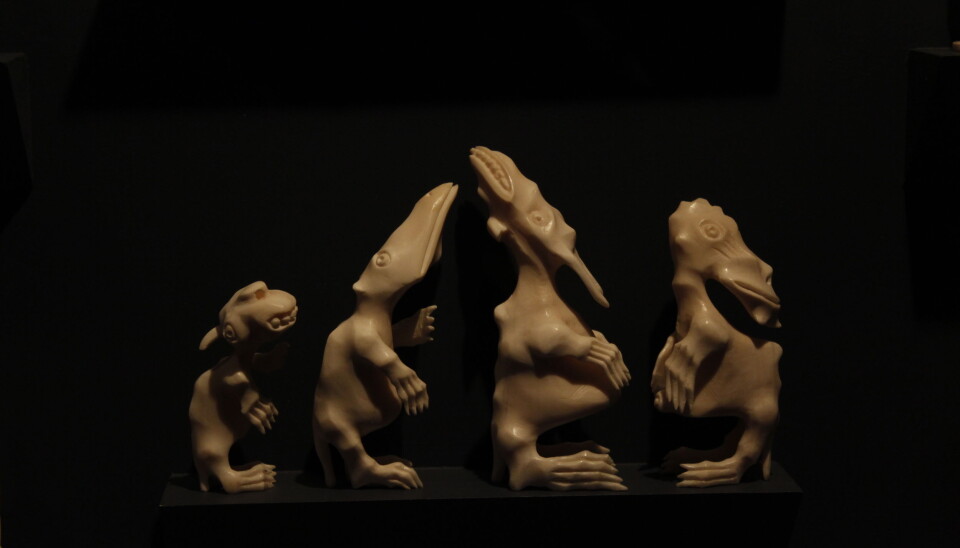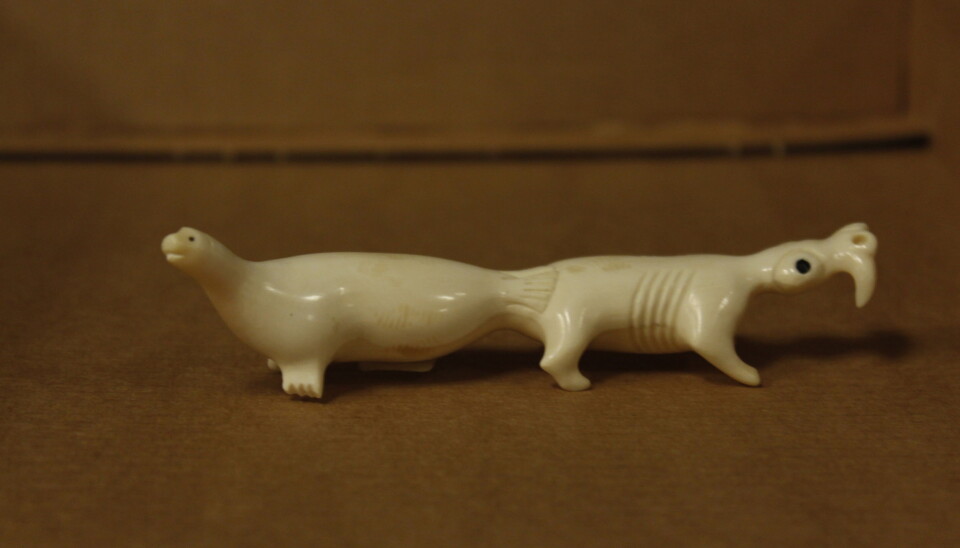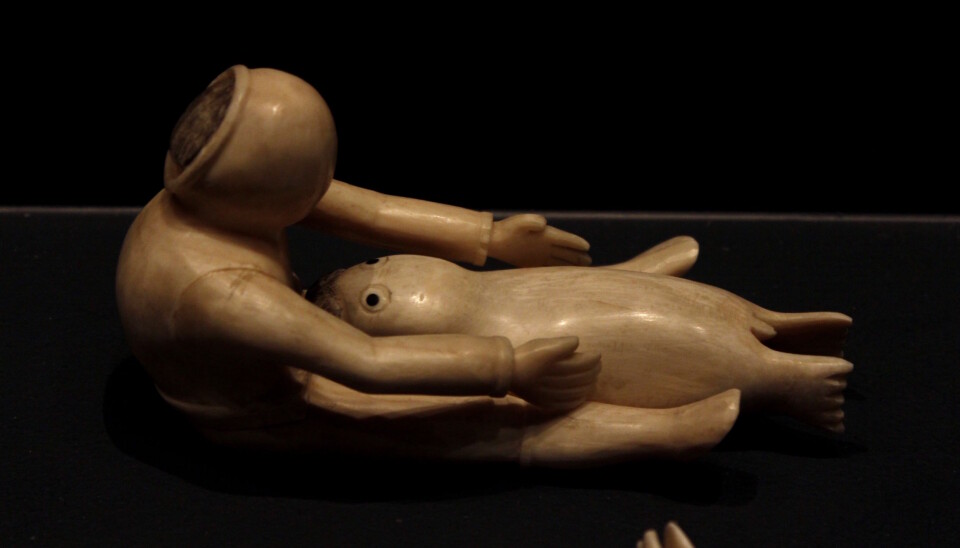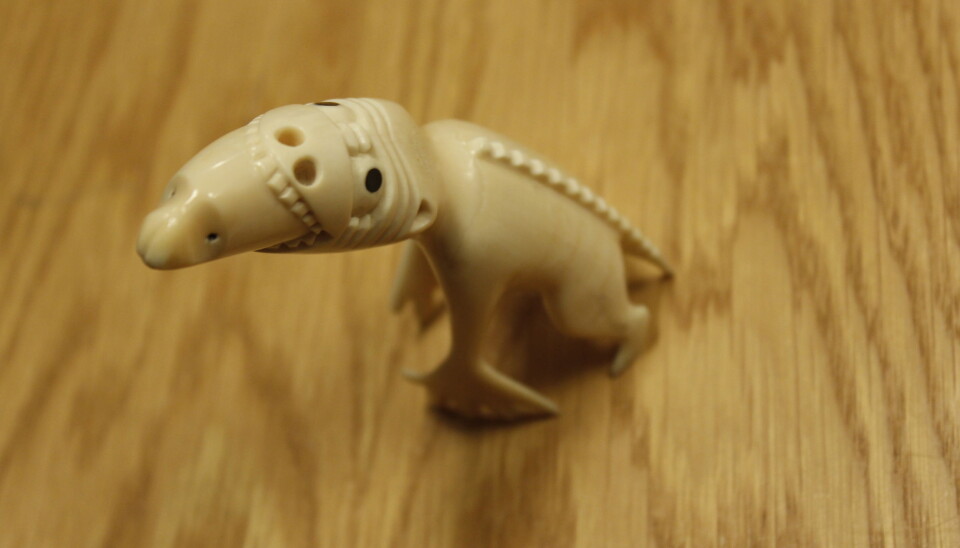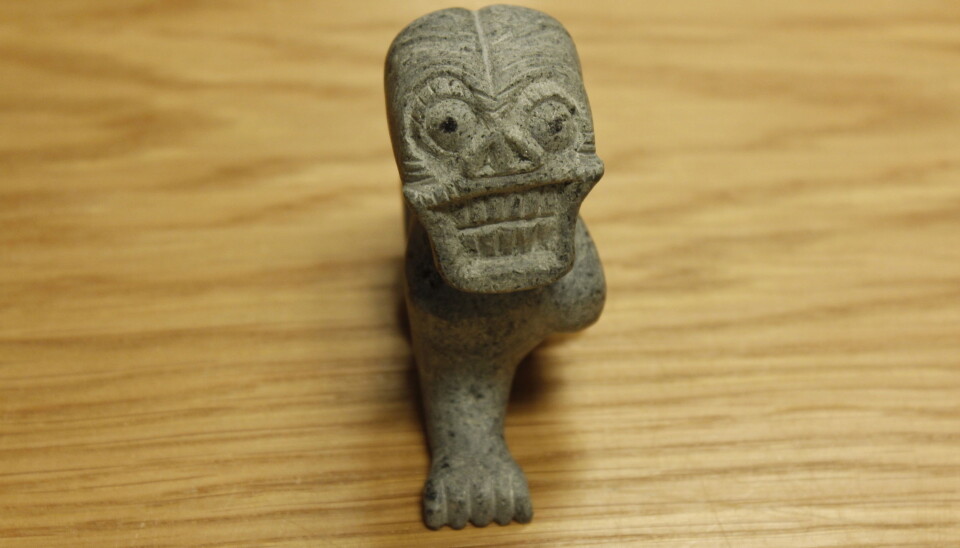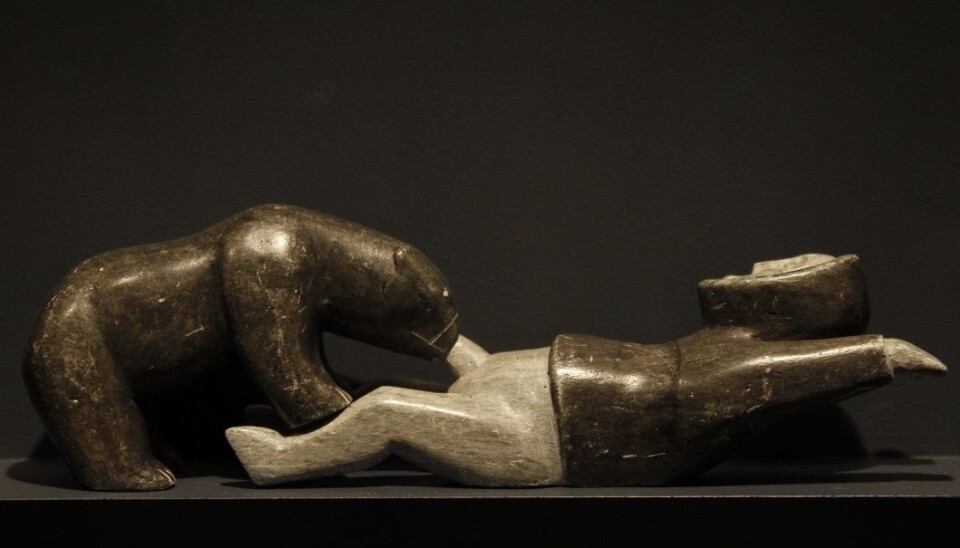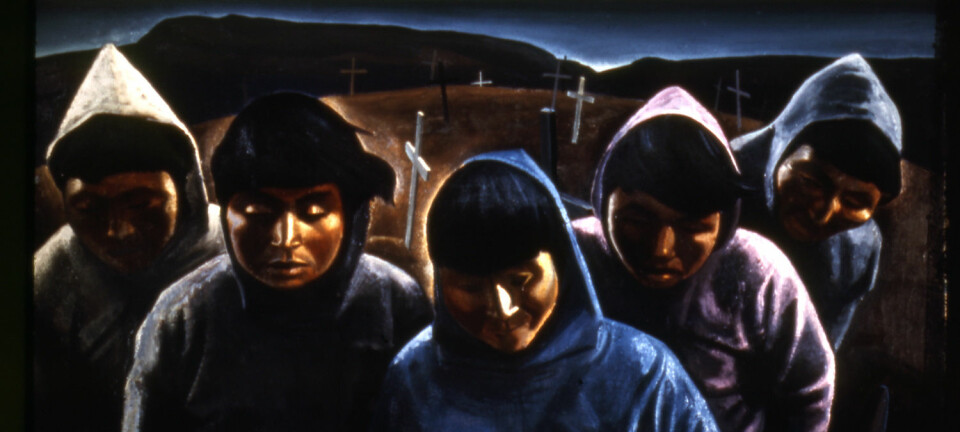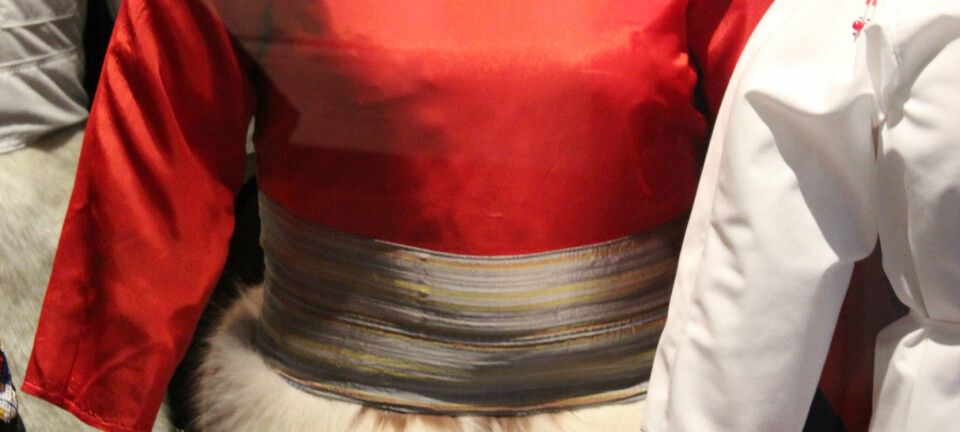Meet the Greenlandic spirits that gained power by sucking genitals
The bizarre mythical tupilaq creature is a key part of Greenlandic history. Legend says it drained its victim’s through their sexual organs.
It is not every day that you come across a magic animal carved from the bones of children and animals, which is brought to life through magical songs and given power by sucking on the manufacturer’s sexual organs. On top of that, it has but one mission in life: to kill its creator’s enemies.
But for Hans Lange, a curator at Greenland National Museum, such an encounter is a fairly common experience. He is the resident expert of the fabled tupilaq, which is exhibited in more than 100 different versions at the National Museum in Nuuk, Greenland.
He points to one of the showcases of some small tupilaq figurines made by trappers--reportedly after encountering them at sea. Lange prefers to think of the creatues as a kind of demon spirit used by Greenlanders in the old days.
Making tupilaqs was a risky business
The tupilaq was a magic animal, created through witchcraft, which everyone could use if you followed the correct instructions and learnt to master magic, says Lange. It was witchcraft, but it was not restricted to people with shamanic powers.
To make a tupilaq, you had to collect parts from different animals, bones from both animals and people—preferably from a child. It was also a good idea to add something that had a connection to the person who you wanted to inflict disaster on.
Lastly, you would place the tupilaq in the sea to allow it to swim away and find its own way to the victim.
But it was a risky business. If the tupilaq were to fail its mission, then it would head straight back to its creator and kill him instead.
This could happen if the intended victim had created a protection tupilaq that was stronger than the original, says Lange.
Read More: Arctic tomb preserves oldest known Inuit dress
Christians: tupilaqs are devils work
The stories of these magical killer animals pre-dates the arrival of Christianity to Greenland in the early 1700s.
Before the Inuit were converted by Christian missionaries, Greenlandic hunters believed that nature was filled with souls and spirits who punished people by inflicting illness or a poor catch.
Taboos, rituals, and norms varied from place to place, but they always sprang from myths told by spiritual guides and shamans. Shamans were the only ones who could see the tupilaqs.
The tupilaq phenomenon was probably an important part of how they explained illness, death, and accidents.
But the tradition was quickly buried by the Christian missionaries, who considered it to be the devils work.
The stories did not disappear entirely however. You can read more about the tupilaqs in the gallery at the top of this article.
Read More: Inuit reclaim cultural heritage in new digital atlas
Animals, plants, and stones all have “inua”
In the Greenlandic tradition, all animals, plants, stones and natural phenomena possess an “inua,” a Greenlandic concept of the “soul.” Even abstract objects like sleep and laughter are living and personified according to tradition.
Westerners need to open their minds a bit in order to understand the Greenlandic culture, says archaeologist Martin Appelt, curator at the Danish National Museum in Copenhagen. For example, things are not necessarily dead just because they are not living according to the classical definition of life or death, he says.
“Empathy is a prerequisite of being an anthropologist and museum employee. You have to familiarise yourself with how others think, and “inua” is a key concept for understanding how pre-Christian Greenland saw the world. It’s not only a stor—it’s reality. One must take “inua” seriously,” says Appelt.
---------------------
Read more in the Danish version of this article on Videnskab.dk
Translated by: Catherine Jex
